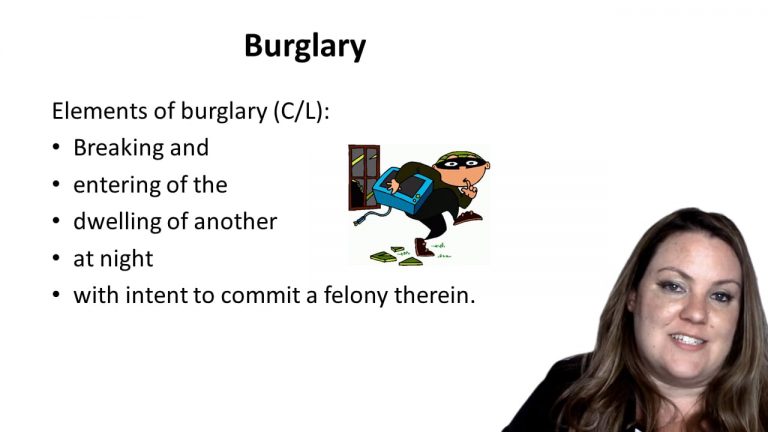SmartBrief
Confirm favorite deletion?
Criminal Law Keyed to Kennedy
State of Minnesota v. Peter Allen Colvin
Citation:
645 N.W.2d 449 (2002)Facts
Michelle Colvin applied for and obtained an emergency order for protection against her ex-husband, the defendant, on October 14, 1998. The order provided that “Respondent [defendant] must not enter Petitioner’s [Michelle Colvin’s] residence located at [address] or any future residence. Respondent must not enter or stay at Petitioner’s residence for any reason, even if invited to do so.” The order also provided that defendant could not commit acts of domestic abuse against Michelle Colvin, have any contact with her, or enter or call her workplace.
On February 25, 1999, Michelle Colvin telephoned the Rochester Police Department to report a violation of the order. According to the police report, a fifteen-year-old girl, A.M.E., who was staying with Michelle Colvin, returned to their home in Rochester that evening at 6:10 p.m. and found the defendant inside the residence, watching television and drinking a beer. A.M.E. asked him to leave, and he complied. She then telephoned Michelle Colvin at work and left a message about defendant. The police officer responding to Michelle Colvin’s call later that evening found no sign of forced entry. Michelle Colvin reported to the officer that she believed defendant entered the residence through a window in the dining area because the blinds were disturbed and because that window would not lock.
As a result of the events of February 25, 1999, defendant was convicted of burglary in the first degree. He appealed, arguing that his conduct was not sufficient to establish burglary. The Court of Appeals affirmed. He appealed again.
Only StudyBuddy Pro offers the complete Case Brief Anatomy*
Access the most important case brief elements for optimal case understanding.
*Case Brief Anatomy includes: Brief Prologue, Complete Case Brief, Brief Epilogue
- The Brief Prologue provides necessary case brief introductory information and includes:
Topic:
Identifies the topic of law and where this case fits within your course outline.Parties:
Identifies the cast of characters involved in the case.Procedural Posture & History:
Shares the case history with how lower courts have ruled on the matter.Case Key Terms, Acts, Doctrines, etc.:
A case specific Legal Term Dictionary.Case Doctrines, Acts, Statutes, Amendments and Treatises:
Identifies and Defines Legal Authority used in this case.
- The Case Brief is the complete case summarized and authored in the traditional Law School I.R.A.C. format. The Pro case brief includes:
Brief Facts:
A Synopsis of the Facts of the case.Rule of Law:
Identifies the Legal Principle the Court used in deciding the case.Facts:
What are the factual circumstances that gave rise to the civil or criminal case? What is the relationship of the Parties that are involved in the case.Issue(s):
Lists the Questions of Law that are raised by the Facts of the case.Holding:
Shares the Court's answer to the legal questions raised in the issue.Concurring / Dissenting Opinions:
Includes valuable concurring or dissenting opinions and their key points.Reasoning and Analysis:
Identifies the chain of argument(s) which led the judges to rule as they did.
- The Brief Prologue closes the case brief with important forward-looking discussion and includes:
Policy:
Identifies the Policy if any that has been established by the case.Court Direction:
Shares where the Court went from here for this case.
Topic Resources
Topic Outline
Topic Refresher Course
Topic Charts & Notes

 5m 52s
5m 52s